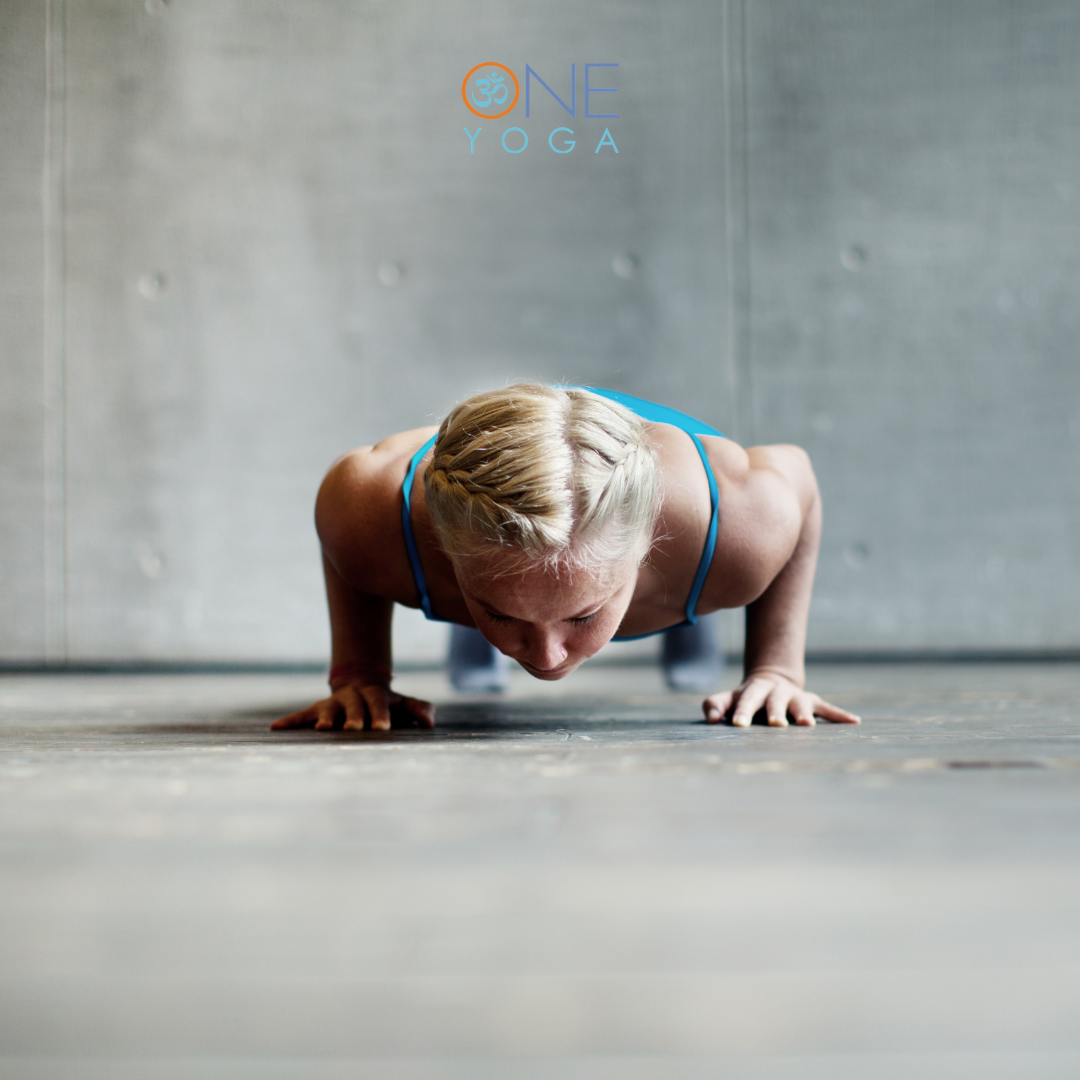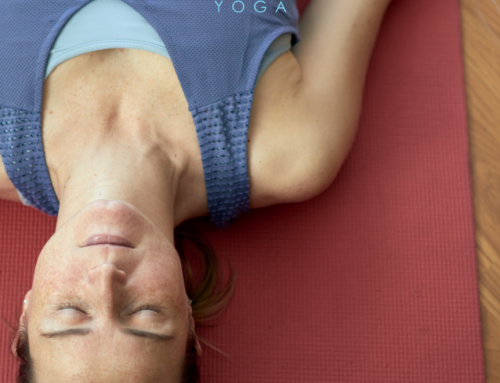Chaturanga, also known as the Four-Limbed Staff Pose, is a fundamental yoga posture that forms part of the Sun Salutation sequence. While the full out Chaturanga pose requires strength, stability, and proper alignment to perform correctly, there are several modifications to Chaturanga. Variations of Chaturanga allow all yoga practitioners to enjoy the benefits of this posture.
In this blog post, we will explore what chaturanga is, its benefits, and provide you with essential tips to improve your chaturanga practice.
What is Chaturanga?
Chaturanga is a challenging yoga pose that resembles a lowered push-up or plank position, with a few key differences. It involves lowering your body halfway down to hover parallel to the ground, maintaining a straight line from your head to your heels. This pose engages the core, arms, shoulders, and chest muscles, making it an excellent exercise for building upper body strength and stability.
Benefits of Chaturanga
- Upper Body Strength: Chaturanga targets the muscles in your arms, shoulders, and chest, helping to develop strength and definition in these areas.
- Core Stability: By engaging your core muscles to maintain a straight body line, chaturanga strengthens your abdominal muscles and improves overall stability.
- Wrist Strength and Flexibility: Regularly practicing chaturanga helps increase wrist strength and flexibility, which is essential for many other yoga poses and daily activities.
- Body Awareness: Chaturanga requires focus and body awareness to maintain proper alignment and prevent injuries, which can help you develop a greater connection between mind and body.

Steps for Chaturanga
To perform chaturanga correctly and safely, follow these step-by-step instructions:
- Start in a high plank position with your hands directly under your shoulders and your feet hip-width apart.
- Engage your core muscles by drawing your navel toward your spine and keeping your body in a straight line from head to heels.
- Bend your elbows, hugging them into your sides as you lower your body halfway down, maintaining a 90-degree angle with your arms.
- Keep your gaze slightly forward to maintain a neutral neck position and avoid straining your neck.
- Pause for a moment in chaturanga, ensuring that your body remains parallel to the ground.
- Press through your palms, engage your core, and push back up to the starting position of a high plank.
- Repeat the chaturanga movement, focusing on maintaining proper form and alignment.
Tips for a Strong Chaturanga:
- Build Strength Gradually: Start with modified versions of chaturanga, such as lowering your knees to the ground, to build strength before attempting the full pose.
- Focus on Alignment: Maintain a straight line from head to heels throughout the pose, avoiding sagging hips or lifting the hips too high.
- Engage Your Core: Activate your core muscles by drawing your navel toward your spine, which helps stabilize your body and protect your lower back.
- Don’t Rush: Lower and lift your body with control, avoiding quick or jerky movements, to fully engage the targeted muscles.
- Listen to Your Body: Pay attention to any discomfort or strain. If you feel excessive pressure on your wrists or shoulders, consider modifying the pose or seeking guidance from a yoga instructor.
- Use Props: Utilize props like yoga blocks or straps to assist and maintain proper alignment until you develop the necessary strength and flexibility.
Chaturanga is a powerful yoga pose that offers numerous benefits, including upper body strength, core stability, and body awareness. By following the proper steps and incorporating these tips into your practice, you can strengthen your chaturanga and enhance your overall yoga journey.
Ready to practice with us at ONE Yoga’s studio or via livestream? Take a look at our schedule and membership options.




